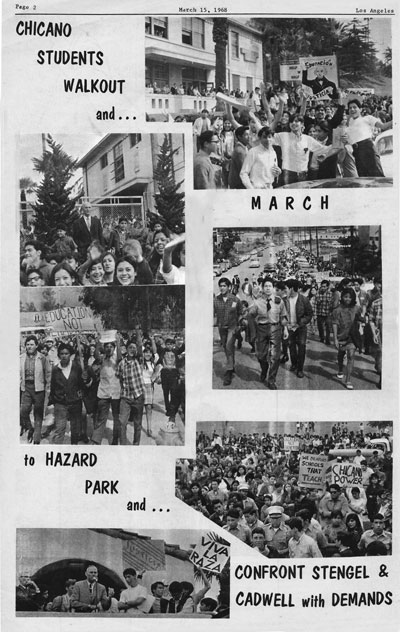 A text can be anything: a poem, a map, an old letter. To spur great learning, it needs to be provocative, powerful, open to multiple interpretations, and, above all, it needs to teach something profound. I use one of the greatest texts imaginable — Theodore Roosevelt High School in East Los Angeles.
A text can be anything: a poem, a map, an old letter. To spur great learning, it needs to be provocative, powerful, open to multiple interpretations, and, above all, it needs to teach something profound. I use one of the greatest texts imaginable — Theodore Roosevelt High School in East Los Angeles.
I knew that students from area high schools had staged a walkout in the late 1960s over the racism obvious in the deteriorated buildings, wretched pedagogy, lack of college planning, and narrow curriculum that students were force-fed, but I didn’t know much about it.
The unit I planned was an examination of the struggle for human and civil rights for women, African Americans, and Mexican Americans in the United States from the 1920s until the present day. I decided to begin with the 1968 Eastside Blowouts.
“In 1968, the Mexican American students of East Los Angeles realized that the schools in East LA — Garfield High, Wilson, Lincoln, and Roosevelt — were underserving their students. Going into the college track and on to college wasn’t encouraged, corporal punishment, swats, were used far too often, there were very few Mexican American teachers, students were punished for speaking Spanish, and their culture was under attack. A small group of students became angry and wanted to fight back. They wanted to protest, to show their anger. They formed a small group with representatives from all four campuses to organize a way to respond.”
The essential question I chose was: “How do we create change?”
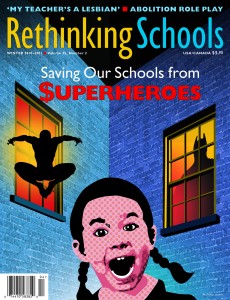 This lesson wa
This lesson wa s published in the Winter 2010/2011 issue of Rethinking Schools magazine. See Table of Contents). For more articles and lessons like “The History All Around Us: Roosevelt High School and the 1968 Eastside Blowouts,” subscribe to Rethinking Schools.
s published in the Winter 2010/2011 issue of Rethinking Schools magazine. See Table of Contents). For more articles and lessons like “The History All Around Us: Roosevelt High School and the 1968 Eastside Blowouts,” subscribe to Rethinking Schools.

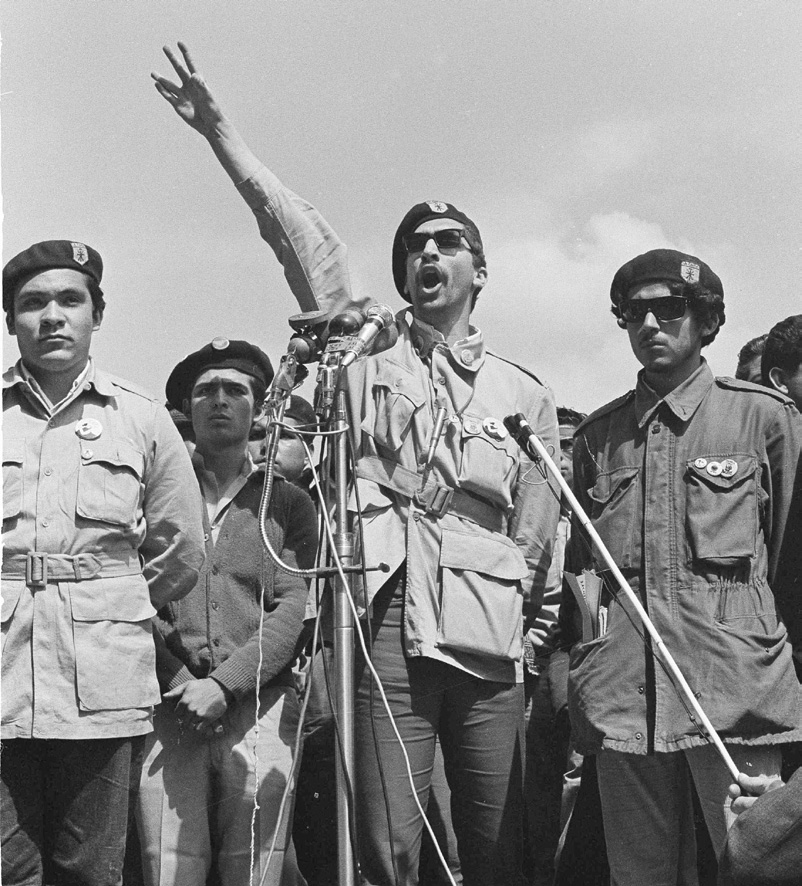
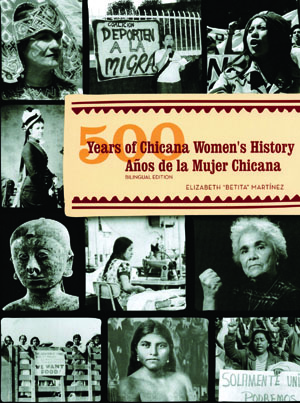
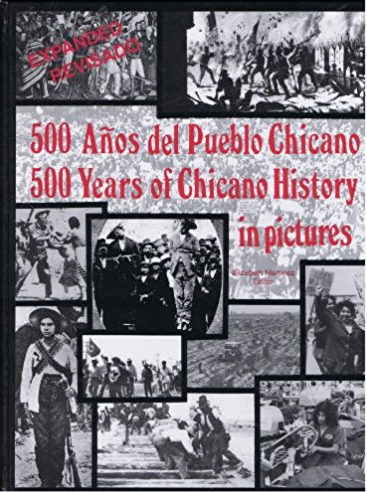
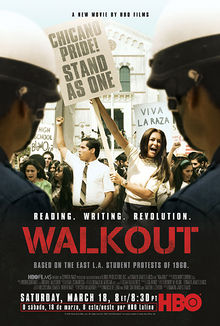
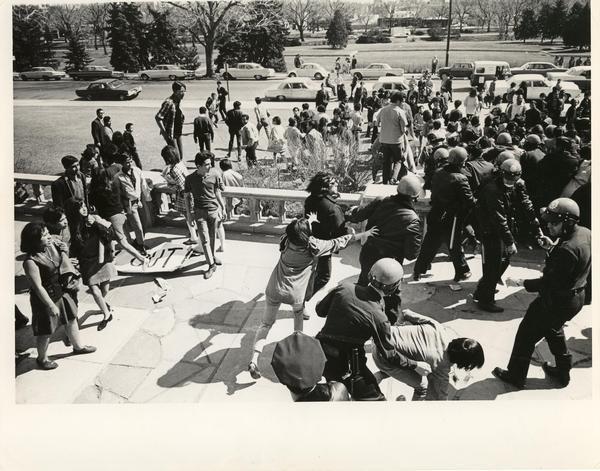






Twitter
Google plus
LinkedIn